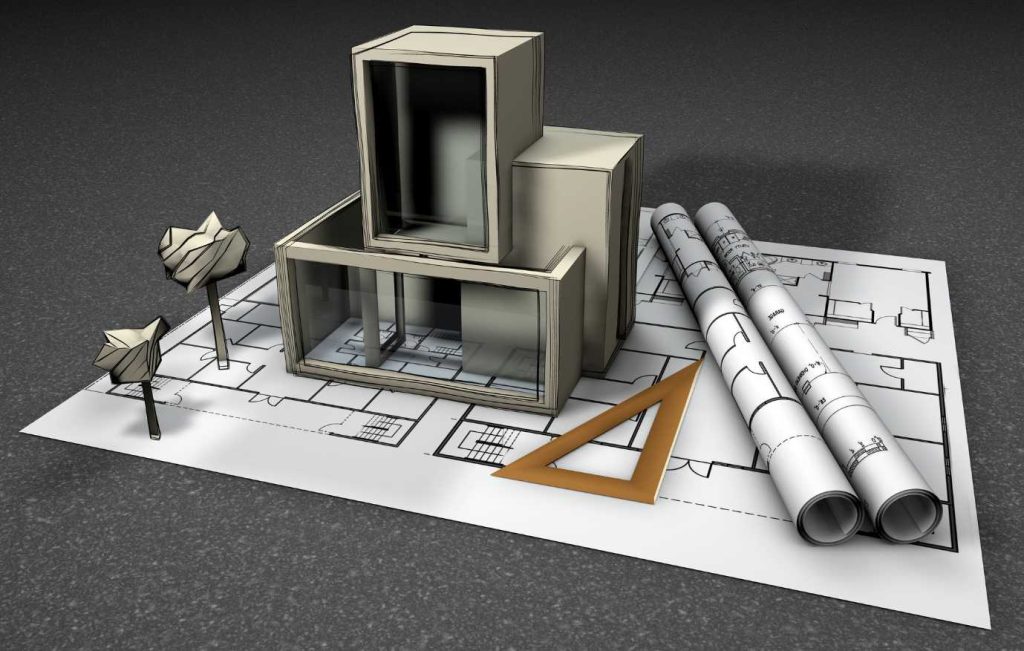Shaping Tomorrow’s Cities: Redefining Construction and Design with Building Information Modeling (BIM)
In the dynamic field of construction, the advent of Building Information Modeling (BIM) has been nothing short of revolutionary. This collaborative technology is not just altering the drafting table but is reshaping the entire building process, from the architect’s vision to the structure’s completion and beyond. It’s a multi-faceted, comprehensive approach to building design, construction, and management that has profoundly changed the industry.
BIM goes far beyond traditional 2D and 3D modeling, offering a smart, interactive, and integrated tool that allows architects, engineers, and builders to immerse themselves in a detailed digital representation of their project. It encapsulates geometry, spatial relationships, geographic information, as well as the quantities and properties of building components.

Advanced BIM, often referred to as 5D BIM, incorporates two more dimensions: cost and schedule. This gives stakeholders the power to perform accurate cost estimation and time planning, which are fundamental to any construction project. The ‘4D’ component allows project managers to simulate construction processes and workflows, predicting outcomes and optimizing the sequence of operations. The ‘5D’ element enhances this simulation by providing precise cost information, enabling a project to stay on budget with a real-time view of expenses.
One of the most significant advantages of BIM is its facilitation of collaboration. It creates a universally understandable visual model that all stakeholders can access, providing a common language for architects, engineers, contractors, and clients. This collaborative process reduces misunderstandings and errors, which, in turn, saves time and money by decreasing the need for rework and revisions.
Moreover, BIM’s capacity to hold an abundance of information within the model can vastly improve decision-making. It enables detailed analysis of a building’s performance at the design stage itself, allowing for sustainability and operational considerations to be at the forefront of planning and construction. The use of BIM supports the creation of smarter, energy-efficient buildings by analyzing sunlight patterns, thermal properties, and energy flows.

The impact of BIM extends into the construction site as well. With the integration of technology such as GPS and building site automation, the precision of BIM models can be translated into the physical world with unprecedented accuracy. It allows for prefabrication and modular construction, reducing waste and improving safety by minimizing the time workers spend on-site.
In terms of maintenance and operations, BIM models serve as a valuable resource throughout the building’s life cycle. They provide detailed information that can aid in regular maintenance schedules and renovations. Furthermore, in the case of building incidents, BIM models offer critical information that can be life-saving, such as details about materials, structural elements, and escape routes.
As BIM technology continues to evolve, the potential for further integration with technologies like artificial intelligence, machine learning, and the Internet of Things (IoT) is vast. These advancements promise to make BIM even more powerful, enabling predictive analytics for maintenance, advanced simulation for construction processes, and even more efficient energy management.

In conclusion, BIM represents more than just a technological advancement; it symbolizes a shift in how the construction industry conceptualizes, creates, and maintains the built environment. The leading advocate of BIM outsourcing, ADDMORE Services offers solutions that are tailored to meet the needs of construction firms. Through BIM, ADDMORE Service is truly redefining the realm of construction and design by fostering collaboration, enhancing efficiency, and improving the sustainability of construction projects for the betterment of the industry and its stakeholders








